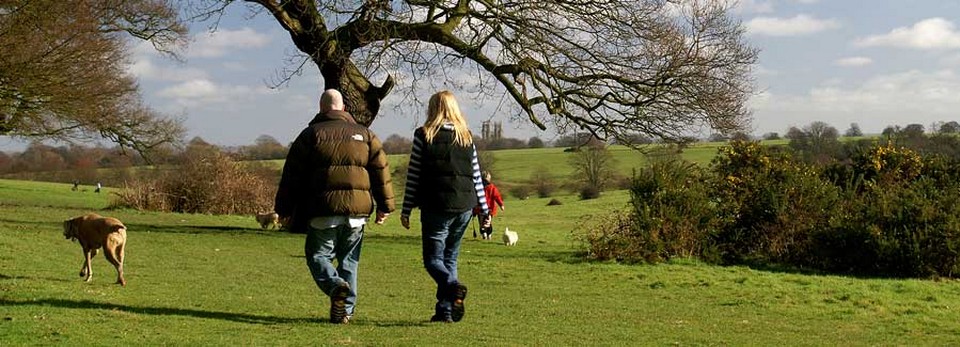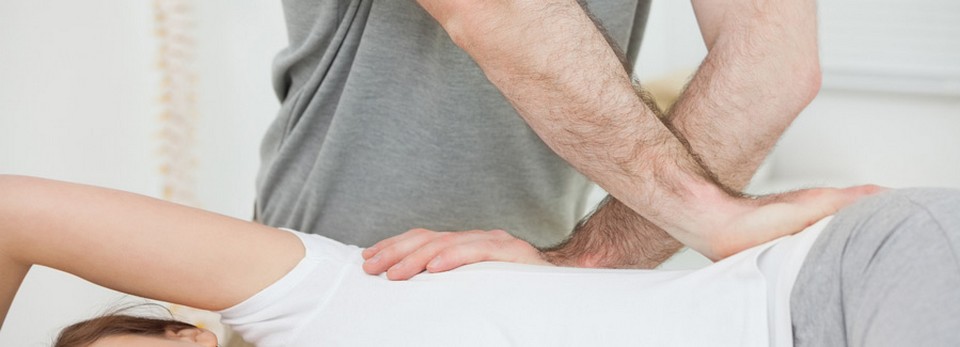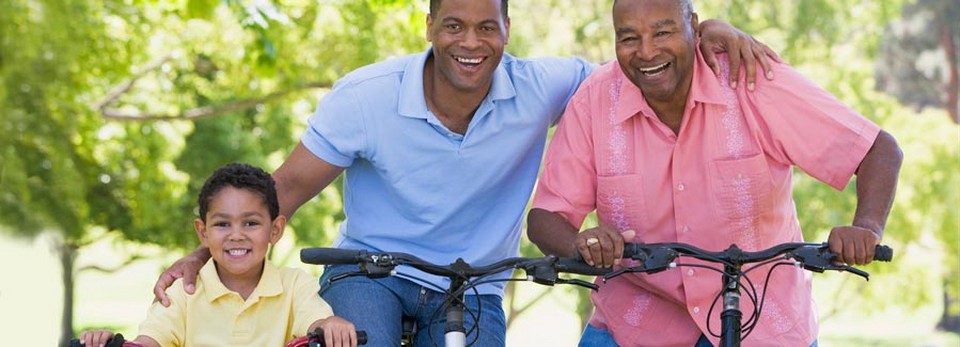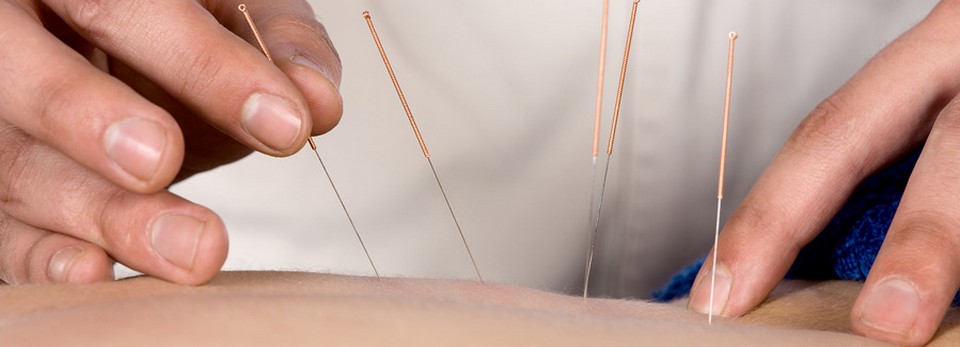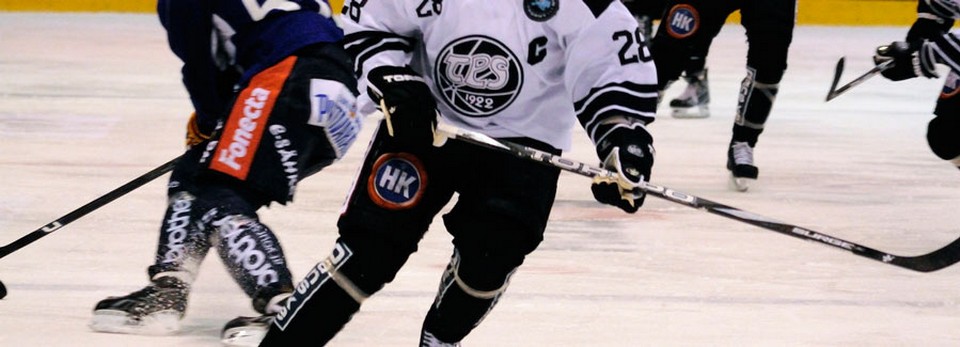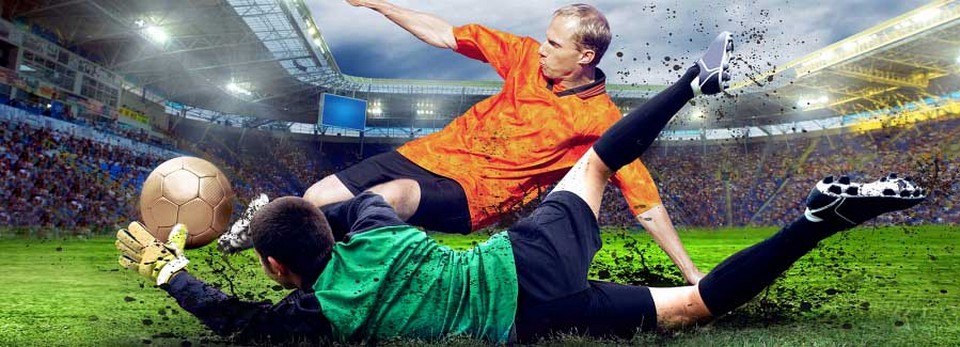Running is a common exercise which is beneficial for lower extremity strength and resilience. Despite its benefits, some research findings show that approxima tely 80% of runners experience injury related to the activity every year. Therefore, taking measures to curb the associated risks is an important component of a runner's routine for a pain free activity. Your physiotherapist is an excellent source of advice and information on avoiding running injuries and optimizing your performance on the road and trails.
tely 80% of runners experience injury related to the activity every year. Therefore, taking measures to curb the associated risks is an important component of a runner's routine for a pain free activity. Your physiotherapist is an excellent source of advice and information on avoiding running injuries and optimizing your performance on the road and trails.
Typical running injuries such as plantar fasciitis or Achilles tendinitis are often a result of over exertion. Prolonged running sessions, with poor technique, improper footwear, and muscle imbalances subjects the body to increased strain which is highly associated with pain and injury.
Running injuries can cause long-term pain if not treated early or administered properly. Common running injuries include:
- Plantar fasciitis - This is injury of the tissues covering the bone that makes up much of the heel and underside of the foot, which may be accompanied by inflammation. It is often associated with prolonged running, or an abrupt increase of running duration.
- Achilles' tendinopathy - This is another condition that can be related to inflammation of the main tendon in the ankle joint. Achilles' tendinopathy is typically associated with excessive running, poor flexibility and strength of the calf muscles.
- 'Runner's knee' - This is a broad term referring to pain in the knee area (patellofemoral pain). It can result from strain or tears in the muscles of the joint, or even kneecap problems. Many cases of runner's knee may be linked to inflammation in the joint. It may also be linked with a breakdown of the cartilage in the knee joint. Runner's knee is often referred to as an overuse injury, typically related with excessive running, poor alignment, and shoes.
- Bone stress - This term may also relate to many common running injury types, such as 'shin splints' and periostisis. This can be very painful, and is associated with many factors such as poor running technique.
- Sprained ankle - An ankle sprain is typically an accidental injury which, may occur as a result of a trip or fall. This injury affects the ligaments around the joint and often results to swelling in the ankle area.
Various forms of treatments are available for all of these injuries and should be applied based on the type of pain or injury experienced. Preventative measures also play an important role. Popular running injury treatments and preventative strategies include:
- Moderation - This is both a preventive and treatment strategy. Appropriate session duration is one of the ideal ways to avoid injury. As discussed earlier, pushing the body excessively or suddenly can result in injury. A gradual resumption of running activities after rest is also a well-recognized way of recovery from many of the injuries mentioned above. Appropriate running sessions are determined by many factors such as a runner's level of experience, fitness, and goals. Your physiotherapist will be able to advise you on this in detail.
- Stretching and muscle conditioning - These should be an important part of any runner's routine, as a proper dynamic warm up, appropriate warm down and maintenance of flexibility and strength. It helps reduce the risk of many running injuries. Your physiotherapist can guide you on proper warm up and warm down routines, and flexibility programs.
- Bracing and taping - This is the application of braces, tape or sleeves to joints, such as the knee, to support or stabilize them to aid in the recovery from muscle strain or stress.
- Gait analysis - Running gait is affected by many factors, including musculoskeletal make-up, body weight and genetics. A gait analysis may contribute to running injury prevention. Your physiotherapist may analyze your gait to help you improve your technique to avoid runner's knee, bone stress and Achilles' tendinitis.
Physiotherapy, a combination of rehabilitative activities and exercise designed to reduce pain and recover from injury, is commonly used to treat injuries such as runner's knee. Consult your physiotherapist at Bedford-Sackville Physiotherapy Clinic Inc. if you think you may require physical therapy to treat or avoid a running injury.
References:
- Hall JP, Barton C, Jones PR, Morrissey D. The biomechanical differences between barefoot and shod distance running: a systematic review and preliminary meta-analysis. Sports medicine (Auckland, N.Z.). 2013;43(12):1335-1353.
- Kaplan Y. Barefoot versus shoe running: from the past to the present. The Physician and sportsmedicine. 2014;42(1):30-35.
- Hreljac A. Etiology, prevention, and early intervention of overuse injuries in runners: a biomechanical perspective. Physical medicine and rehabilitation clinics of North America. 2005;16(3):651-667, vi.
- Arroll B, Edwards A. Runner's knee: what is it and what helps? The British journal of general practice : the journal of the Royal College of General Practitioners. 1999;49(439):92-93.
- Filippou DK, Kalliakmanis A, Triga A, Rizos S, Grigoriadis E, Shipkov CD. Sport related plantar fasciitis. Current diagnostic and therapeutic advances. Folia medica. 2004;46(3):56-60.
- Masood T, Kalliokoski KK, Magnusson SP, Bojsen-Moller J, Finni T. Effects of 12-Week Eccentric Calf Muscle Training on Muscle-Tendon Glucose Uptake and SEMG in Patients with Chronic Achilles Tendon Pain. Journal of applied physiology (Bethesda, Md. : 1985). 2014.
- Khan, Karim and Brukner, Peter. Clinical Sports Medicine. McGraw Hill. 2007.
- Newman P, Witchalls J, Waddington G, Adams R. Risk factors associated with medial tibial stress syndrome in runners: a systematic review and meta-analysis. Open access journal of sports medicine. 2013;4:229-241.
- Foulds HJ, Bredin SS, Charlesworth SA, Ivey AC, Warburton DE. Exercise volume and intensity: a dose-response relationship with health benefits. European journal of applied physiology. 2014.
- Bleakley,Chris et al. The use of ice in the treatment of acute soft tissue injury. A systematic review of randomized controlled trials. The American Journal of Sports Medicine. 2014;Vol 32 (1):251-261.


